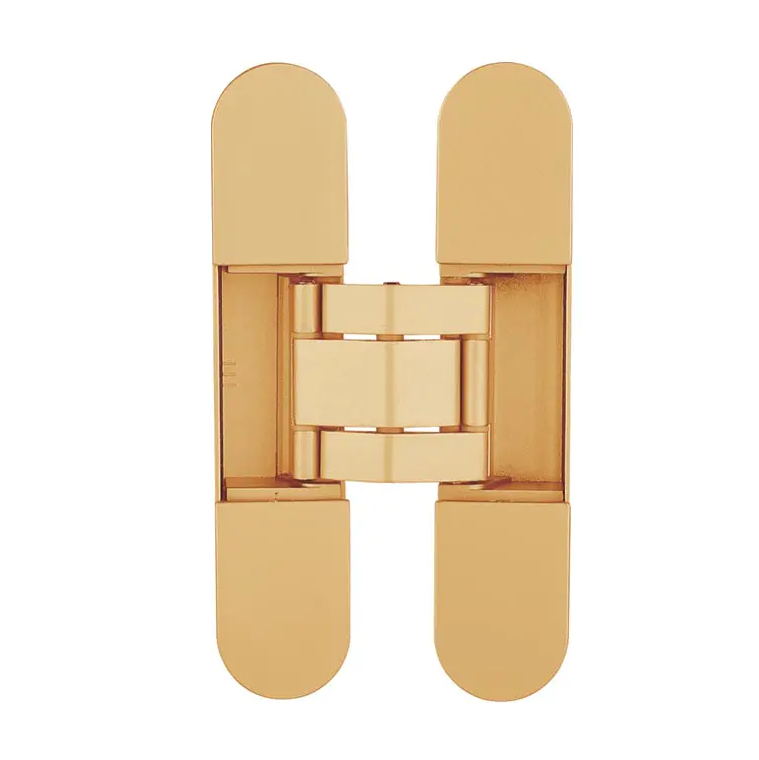The Principles of Hydraulic Damping Hinges
Hydraulic Damping Hinges are engineered to offer a controlled and gentle closing action for doors and cabinets. The primary mechanism behind their buffering function lies in the hydraulic damping system, which utilizes fluid dynamics to slow down and control the closing motion. These hinges are designed with a small cylinder and piston assembly filled with a viscous fluid, such as oil.
Operation of the Damping System
When a door or cabinet with Hydraulic Damping Hinges is closed, the force of the closing action causes the piston to move within the cylinder. The piston's movement displaces the hydraulic fluid, which is forced through a small orifice or valve. As the fluid passes through this restricted opening, it creates resistance, which in turn slows down the piston's movement. This resistance is what provides the buffering effect, ensuring a smooth and quiet close.
Regulation of Closing Speed
The speed at which the door closes can be adjusted by changing the size of the orifice through which the hydraulic fluid flows. A smaller orifice increases the resistance and thus slows down the closing speed, while a larger orifice allows the fluid to flow more freely, resulting in a faster close. This adjustable feature is beneficial for tailoring the hinge's performance to specific applications or user preferences.
Benefits Over Traditional Hinges
Compared to traditional non-damped hinges, Hydraulic Damping Hinges offer several advantages. They reduce noise and vibration, which is particularly important in environments where quiet operation is crucial, such as in healthcare facilities or libraries. Additionally, they protect against damage caused by slamming doors, extending the lifespan of both the doors and the hinges themselves. The controlled closing motion also enhances safety by preventing fingers from being pinched in quickly closing doors.
Applications and Considerations
Hydraulic Damping Hinges are widely used in various settings, including residential kitchens, office spaces, and commercial environments. When selecting these hinges, it's important to consider the weight of the door, the desired closing speed, and the environmental conditions, such as temperature, which can affect the viscosity of the hydraulic fluid.
Hydraulic Damping Hinges achieve their buffering function through a hydraulic damping system that controls the closing speed of doors and cabinets. This technology not only enhances user experience by providing a smooth and quiet operation but also extends the life of doors and cabinets while increasing safety. Understanding how these hinges work can help in making informed decisions when selecting the right type of hinge for various applications.
